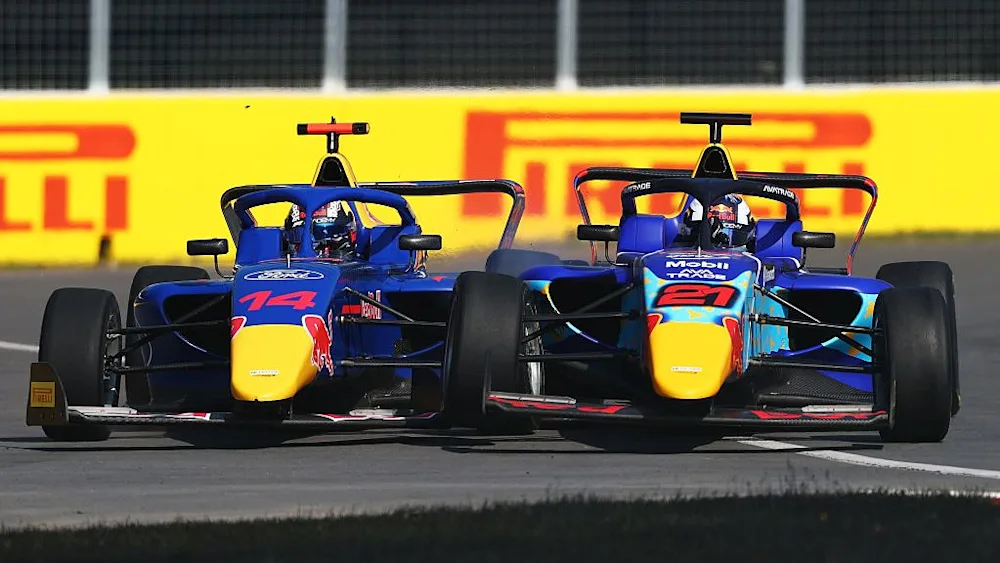Opinion: are street races the future of Formula 1?
- James Harding

- May 17, 2022
- 3 min read
Written by James Harding, Edited by Alexandra Campos

Formula 1 street races are growing more and more prominent on the F1 calendar. The recent additions of new street tracks like Miami and Jeddah, and with Las Vegas set to showcase a street race in 2023, seriously begs the question: are street races the future of F1?
Formula 1 has a strong history of street races. The first being held in Monaco, as the second race of the inaugural 1950 Formula 1 season. The streets of Monte Carlo witnessed the Argentinian Juan Manuel Fangio win his first race as an F1 driver. Other street circuits such as Baku, Montreal, and Singapore have also been prevalent features on the calendar and have produced some eye-watering and iconic races.
All tracks mentioned rarely fail to entertain. However, street tracks such as Miami, Jeddah, and Las Vegas will all have prolonged contracts to stay on the F1 calendar. On paper this sounds like an excellent way to promote the local area, with drivers pushing their car to the absolute limit, millimetres away from race-ending disaster.
Let’s take Jeddah for example, this track looks incredibly pristine from the driver’s eye; a race under the lights, meandering through 27 challenging corners, and showcasing the peak ability of the drivers. But seeing as Jeddah’s contract has another 13 years under their belt, the racing on show was substandard. The safety on the track was improved from 2021 but was still unsatisfactory. On the other hand, we witnessed an incredible battle between title rivals Max Verstappen and Charles Leclerc in the 2022 Saudi Arabian Grand Prix. But overall, the racing here needs to change to satisfy the needs of F1 fans for another 13 years.
Secondly, the 2022 Miami Grand Prix: the entertainment value here was monumental. The amount of anticipation Formula 1 had prior to the race was unimaginable but failed to deliver. With the track’s contract running for another 10 years, serious changes must be made to make the race more compelling. Despite this, according to ESPN, the 2022 Miami Grand Prix was the most-watched live race broadcast since the 1995 Brazilian Grand Prix. The coverage of the race peaked at 2.9 Million viewers.
Unfortunately, for F1 fans across the globe, money rules the way in the sport. Like Jeddah for example: they are reportedly paying an extortionate sum of $65 Million per Grand Prix. The large sums of money being paid by rich countries for their circuit to stay on the F1 calendar can hugely compromise the future of highly established circuits like Malaysia, or South Africa. In the past, great tracks that are built for the purpose of Formula 1 racing have been removed from the calendar to accommodate newer circuits that countries were paying huge amounts of money for. This is simply unfair in countries with circuits that produce superb racing. Imagine if we lost historical circuits like Monza or Silverstone to a mundane street circuit paying millions more dollars than them to stay on the calendar.
So, are street races the future of F1? Unfortunately, it’s likely. As much as the most prestigious tracks are a staple of F1’s history, it seems as though Formula 1’s direction is to gratify elite countries like Saudi Arabia by hosting an F1 race. However, F1’s motive can work; if done professionally, countries could produce a street race that supplies entertainment in every sector. But Formula 1 must not jeopardise the position of distinguished and highly respected tracks in order to accommodate street circuits that lack any forms of entertainment.
Do you think street races are the future of F1? Let us know in the comments section below.









Comments